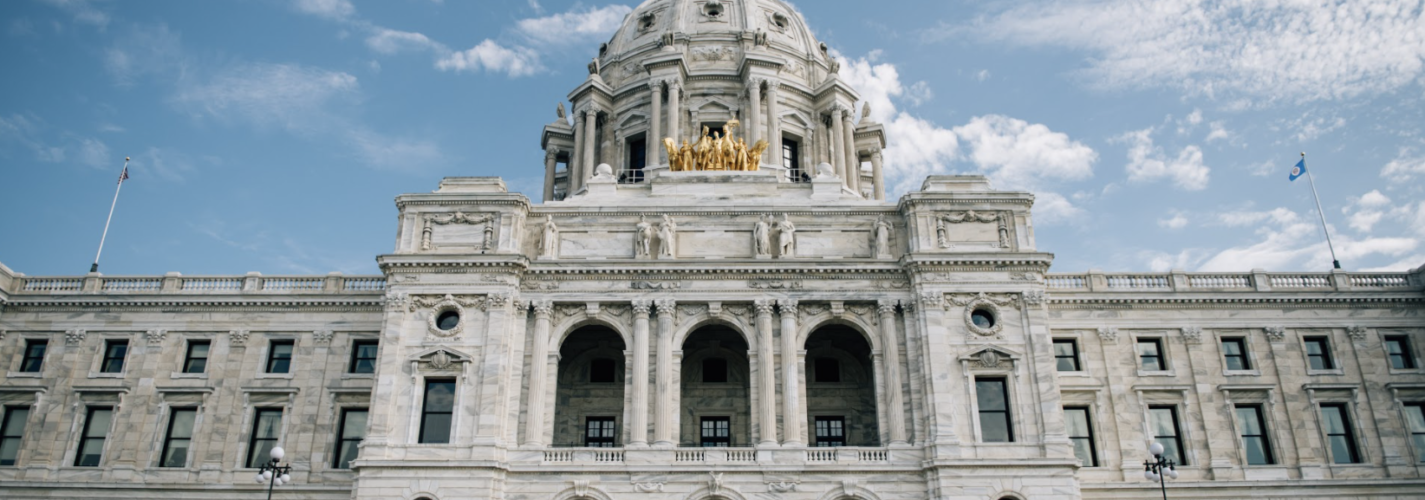First House Education Hearings Include Proposals on COVID-19 Recovery
By Matt Shaver
This week, the legislative session started kicking into gear with hearings on two bills that will invest in COVID-19 recovery strategies for Minnesota students. One bill addresses immediate student needs through a series of investments and flexibilities for schools, and the other addresses the long-term need for better broadband internet access across the state. The bills are a good down payment in policy and investment by targeting resources to ensure kids recover from what’s happened to them this year.
Here’s what you need to know about the most critical provisions and what’s coming next.
HF4 Pitches K-12 Interventions on COVID-19
This bill was one of the first introduced this session and House Democrats indicated that it will be a top priority for them. HF4 provides critical investments in tutoring, interventions for students with disabilities, and leeway for schools to be more nimble in expanding learning opportunities. While testifiers and legislators discussed ways to strengthen the bill, there was broad consensus in Wednesday’s hearing that swift action will be key to helping students recover and accelerate learning. You can see my comments on the needs facing students and schools here.
Some highlights from the bill include:
- Tutoring and Academic Supports: The bill makes significant investments in specific programs that support math and reading tutoring and afterschool programming, which evidence shows can accelerate learning. It also creates a summer program grant to help students who need more support to get back on track academically. As currently drafted, the summer grants would focus on students with disabilities. This would be a wise area to invest more broadly, given the evidence that English Learners, students from low-income families, and other targeted student groups may need similar support.
- Supports for Students with Disabilities: The experiences of students with disabilities have varied greatly during the pandemic, but too often, their needs have gone unmet. In addition to the summer program investment, HF4 would require school boards to prioritize certain groups of students with disabilities for in-person learning, while also allowing for in-home services to ensure students are getting the accommodations and modifications that they are entitled to. Maren Hulden of Mid-Minnesota Legal Aid delivered compelling testimony on the urgency of the issue, which you can view here.
- Flexibility for Schools: The bill also proposes extending the school day or year so schools can provide support to students who’ve been adversely impacted by COVID-19. There is language in the bill that provides important flexibility to districts as they develop strategies to address learning loss, as well as implement learning recovery and acceleration programs with new federal stimulus funding.
- Students with Disabilities: Districts and charter schools are experiencing temporary fluctuations in enrollment due to COVID-19. The bill contains a provision that stabilizes funding to address temporary enrollment decreases, allowing schools to use either 2020 or 2021 pupil unit counts—whichever is greater—for general education revenue. This would make sure students and schools are not adversely impacted. Scott Croonquist of the Association of Metropolitan School Districts spoke to the committee on the rationale behind the proposal.
- Trauma-Informed Supports: Students have faced a wide range of adverse experiences, and many have had to manage mental health and social-emotional challenges during the pandemic. A provision in HF4 would invest $6 million to support much-needed training in nonexlusionary discipline and trauma-responsive practices as educators welcome students back into buildings and work to support their long-term social-emotional success.
HF14: Closing the Digital Divide
HF14 would address Minnesota’s digital gaps by investing $120 million in border-to-border broadband access, which will provide access to 157,000 households families and communities that still have limited connectivity. While students will hopefully be able to return to the classroom in the coming year, distance learning has introduced new realities and new opportunities. We need to make sure that all students are ready to fully engage in digital learning spaces, whether it’s full-time, after school, or in innovative ways that make learning more nimble.
We have work to do to get there. When schools closed in March, 17% of Minnesota students—particularly low-income and rural students—were left without access to high-speed internet. While there have been some investments to increase access from private-public partnerships and federal CARES money, these are not sustainable sources of funding that will ensure in the long-term that all Minnesota’s families will have access to high-quality internet.
What’s Next?
These bills continue to move through the process, and we expect additional hearings in the House Education Finance Committee and the Senate. We also expect to see additional proposals on COVID-19 recovery. One of the elephants in the room is that we still lack clear information on how students are faring, beyond anecdotes and themes from national studies. During the HF 4 hearing, Rep. Sondra Erickson mentioned the importance of assessing student progress, and just introduced a bill to require a plan for administering the annual MCA test with a remote option for students still in distance learning. Having the best baseline possible will be essential to measuring the impact of new investments and ensuring that state resources are targeted to the schools, communities, and students with the greatest need.

